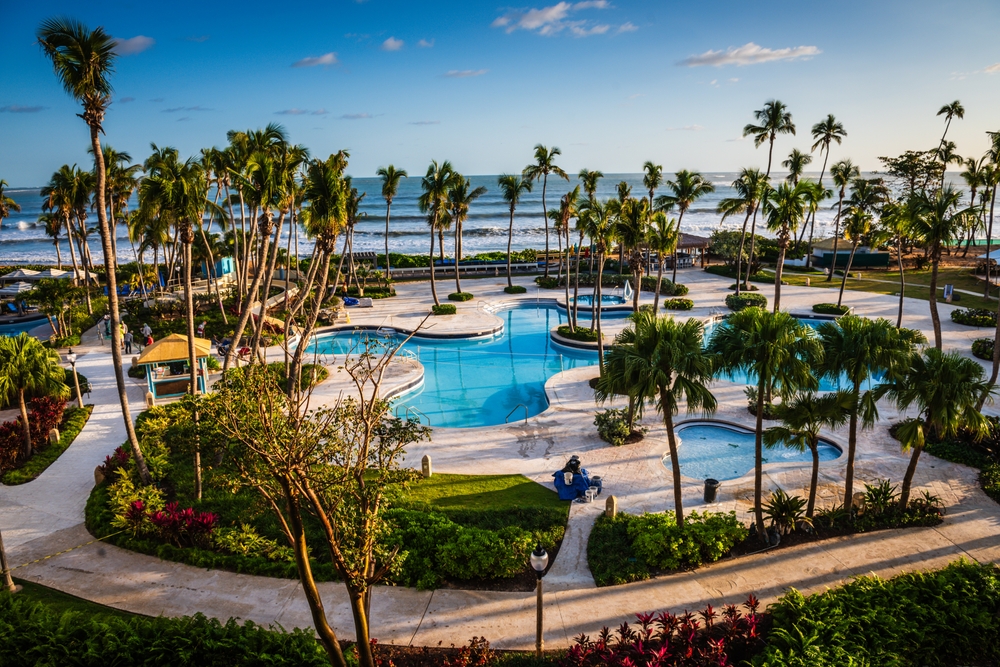Best Time to Hike Machu Picchu
Hiking to Machu Picchu is a bucket-list adventure for many travelers. Knowing the best time to visit can enhance the experience. Various factors influence when it’s best to hike, including weather, tourist seasons, and cultural events.
Understanding the Seasons
The climate in the Andean region, where Machu Picchu is located, can be divided into two main seasons: wet and dry. The dry season runs from May to September. The wet season spans from October to April.
Dry Season
The dry season is the most popular time for trekking to Machu Picchu. Sunny days and clear skies dominate this period. Trails are less muddy, which makes it easier and more pleasant to hike. However, this also means more tourists. The Inca Trail and other routes can become crowded. Early booking is necessary.
Wet Season
The wet season sees fewer visitors. Trails are quieter, providing a more solitary experience. Rain is common, with heavier downpours typically occurring in the afternoon. Hikers should be prepared for wet conditions. Gear such as waterproof jackets and sturdy boots are essential. The landscape is lush and green, offering a different but equally stunning view.
Month-by-Month Breakdown
May
May is at the start of the dry season. The weather is generally good. Crowds are not yet at their peak. This can be a great time to experience both good weather and fewer tourists.
June to August
These months are the most popular. Expect stable weather with minimal rain. Prepare for the crowds, especially on the classic Inca Trail. Many cultural festivals occur during this period, offering a deeper glimpse into local traditions.
September
September marks the end of the dry season. Weather is still favorable for hiking. Crowds start thinning out, making it a favorable time for those looking to avoid the peak tourist rush.
October to April
This period is considered the wet season. However, hiking is still possible. The downside is the risk of rain. On the upside, the trails are less crowded. Machu Picchu can feel almost serene. Always check for trail availability, as some routes close for maintenance in February.
Considerations Based on Personal Preferences
Avoiding Crowds
For those who prioritize a quiet hike, the wet season may be preferable. This period means fewer hikers and more chances for solitude. The trade-off is the weather. Rain can make the trek more challenging. Proper preparation is key.
Optimal Weather
If weather conditions matter most, the dry season is ideal. The months from May through September offer the best chance for clear skies and pleasant temperatures. The journey is steadier, and the scenery can be enjoyed without hindrance from rain.
Budget Considerations
Travel costs can vary depending on the season. The wet season generally means lower prices for flights and accommodations. This could be an advantage for budget-conscious travelers.
Experiencing Local Culture
Festivals and events, such as Inti Raymi in June, provide cultural richness. Planning a trip around such events can enrich the hiking experience. Witnessing local traditions can add another layer to the adventure.
Alternative Routes
Besides the classic Inca Trail, there are other routes to consider. Each has its own advantages and can be affected differently by seasonal changes.
Salkantay Trek
The Salkantay Trek is a popular alternative. Less crowded than the Inca Trail, it offers a diverse landscape. It is a bit more challenging, suitable for seasoned hikers. This trek is also open year-round, unlike the Inca Trail, which closes in February for maintenance.
Lares Trek
The Lares Trek provides a cultural immersion with visits to local villages. It is less about ruins and more about culture and breathtaking scenery. This trail is also less affected by seasonal closures.
Choquequirao Trek
The Choquequirao Trek is for the adventurous. The site is often dubbed the sister city of Machu Picchu. It requires a higher fitness level. This trail remains relatively unexplored and is ideal for those seeking solitude.
Additional Tips
Regardless of the season, a few tips can help ensure a successful hike. Acclimatizing to the high altitude is crucial. Spending a few days in Cusco before the trek helps in adapting. Staying hydrated and avoiding strenuous activities can help in acclimatization.
Pack intelligently. Weather can be unpredictable, especially in the mountains. Layered clothing allows for adjusting to temperature changes. Essential gear includes a rain jacket during the wet season, a hat for sun protection, and comfortable hiking boots.
Permits are required for the Inca Trail and should be booked well in advance. Only a limited number are issued each day. It’s recommended to plan and secure permits several months ahead of your intended hike.
Hiring a guide can enhance the experience. By providing historical context and ensuring safety, local guides can add depth to the journey. Many treks involve camping, which adds to the adventure but also requires preparation.
Physical fitness is important. Training and preparation can make the hike more enjoyable. Engaging in regular cardiovascular and strength exercises before the trip can be beneficial.
Travel insurance is advisable. It should cover potential medical issues, trip cancellations, and unforeseen events. High-altitude hiking poses unique risks, and ensuring coverage provides peace of mind.
Final Thoughts
Hiking Machu Picchu is a remarkable experience year-round. Whether choosing the dry season for the weather or the wet season for fewer crowds, preparation can make the journey enjoyable. Each season offers its own unique benefits, enhancing the overall adventure.





